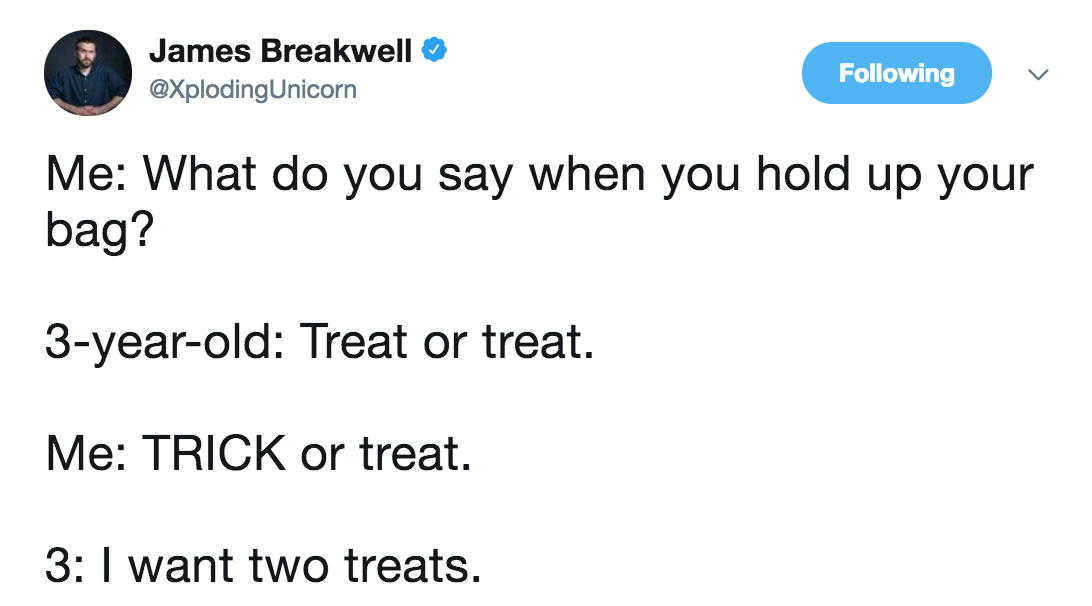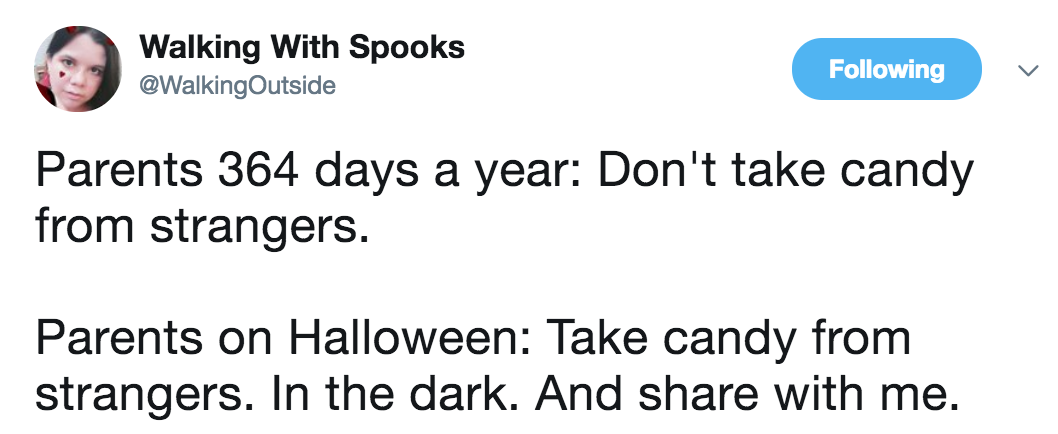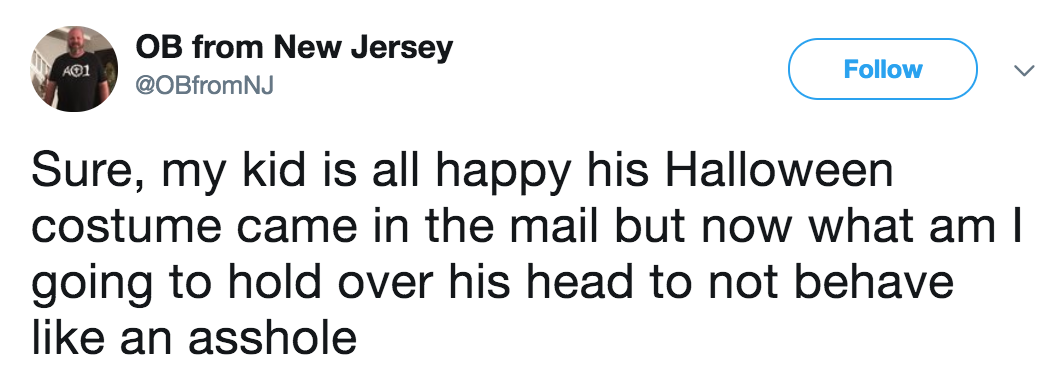Dating is nothing if not a process of gradual and—here’s the important part—reciprocal self-disclosure, and the risks of self-disclosure can feel particularly acute during dating. While establishing closeness in friendship often happens in fits and starts and hews to no blueprint, dating, perhaps more than any other activity in our culture, is encumbered with expectations and entangled with issues of identity, commitment, and time: What do I want out of this? What are we as a couple? Do we have a future?
If you try sharing something personal and it doesn’t go over well, you may feel the sting of judgment, says Steen Halling, a professor of psychology at Seattle University and the author of Intimacy, Transcendence, and Psychology. It’s easy to make a misstep in the pace of intimacy building: A person probes too soon for your deepest secrets or unloads too many of his or her own. In rushing to get to know you, the person fails to truly see you. “You’re on the receiving end of an agenda and become one of that person’s projects,” Halling explains. “That makes you think, ‘Do I have any say in this?'” There’s a difference between being willing to build intimacy and being willful about it, determined to make a relationship happen.
Not everyone in the dating game is seeking intimacy. The traditional notion of romance emphasizes trust, honesty, connection, and other markers of closeness. But people may date for many reasons: to ease feelings of social isolation, to have fun, or to build their own self-esteem, finds Catherine Sanderson, a psychology professor at Amherst College. They may prioritize other goals, such as career, over a close relationship, which takes an investment of time. Having goals that are self-serving doesn’t mean a person is wrong or has intractable “intimacy issues”—even if those goals clash with your own. Better to seek an intimacy-focused relationship elsewhere.
Too, there are people who seem chronically unable to get close to others, routinely dodging opportunities for intimacy. They may have acquired an avoidant attachment style through early life experiences with caretakers who rebuffed them or ignored their needs. Research led by psychologist Phillip Shaver shows that the risks inherent in building intimacy are particularly threatening to such people; the process stirs their vulnerability to rejection, punishment, and loss of control. Evading closeness “comes from a long history of difficulties and the need to protect oneself,” says Debra Mashek, a psychologist at Harvey Mudd College who researches close relationships. “It’s an adaptive response.”
Even when two people are open to establishing romantic intimacy, being too purposeful can be counterproductive. That’s when the classic date scenario—eating dinner out together—can get awkward, says Halling. The set-up applies pressure to share information and scrutinize each other’s verbal and nonverbal responses, whereas a less stilted act, like taking a walk or doing something entertaining together, could ease self-consciousness while still allowing the opportunity to connect.
Online dating seems to offer an end run around some of the awkwardness of meeting face-to-face. Online exchange allows—even encourages—prospective partners to make intimate disclosures. But extended messaging can dull the thrill of exchange without hinting at the kind of rapport two people will have, says Paul W. Eastwick of the Attraction and Relationships Research Lab at the University of California, Davis. Let the messaging go on too long and expectations rise unrealistically. “Once a face-to-face meeting occurs, those expectations can be violated, which can be distressing,” he says. Cyberspace simply can’t deliver up the whole person, the “warm complex animal gestalt,” as one online dater puts it.
Does Sex Improve Intimacy?
Short answer as of 2017: Yes.
When two people start dating, the question of when to have sex seems pivotal, in part because there’s a widespread expectation that sex brings partners closer together. Desire for emotional closeness and feelings of connection are among the top reasons both men and women cite for having sex, report psychologists Cindy Meston and David Buss. Women are no more likely than men to be motivated by a need for closeness, and men are no more in it for pure pleasure than women, the University of Texas researchers find.
Getting physical certainly stirs up the neurochemistry of attachment, mobilizing oxytocinand opioids that generate positive feelings and encourage more of the same. Once we link those feelings with a particular person, we want to stay with that person. Clinch and repeat.
The sheer presence of sexual desire, even when triggered by someone completely unknown, in fact pushes people to do the work of intimacy, says Omri Gillath. He and colleagues at the University of Kansas exposed a bevy of participants to erotic photographs, a known sexual stimulus. Some groups knew what they were looking at. Others were exposed to the images subliminally—flashed so briefly before them that the photographs didn’t register consciously. In both cases, exposure to the images made participants—particularly the ones who didn’t “notice” the photographs—more willing to disclose personal information, make sacrifices to benefit their current romantic partner, and work out conflicts effectively. All those effects are markers of intimacy building.
Sex really does send us down the path of emotional closeness, Gillath contends. He even conjectures that pornography, often assumed to interfere with real connection, might actually play a role in fostering it. “The studies suggest that when we’re sexually aroused, or when our sexual system is activated, we’re more open to intimacy.”
Intimacy in Passionate Love
When romantic intimacy is in full bloom, the intoxication of what happens in bed is rivaled by the charge it gives our lives. The pace of self-disclosure quickens. The drive to connect feels all-consuming. New lovers will stay up until 4 a.m. telling each other everything about their parents, their favorite elementary school teacher, the places they’ve lived, their likes and dislikes. The risk of disclosing every detail of their lives is more than offset by hitting the emotional jackpot of a partner’s interest, attention, and affection. The shared information nudges them down the path of seeing the world through each other’s eyes, abetting the merger into a “we,” the formation of a shared identity. A couple.
Two people essentially enter a zone of shared selves, a willing emotional nakedness. From their joint research on relationships, Karen Prager of the University of Texas at Dallas and Linda Roberts of the University of Wisconsin-Madison have identified three components of deeply intimate connection: self-revealing behavior, unwavering supportive attention, and a sense of exceptional knowingness as partners immerse themselves in each other’s lives, feelings, and routines.
Intimacy changes us. Getting close to someone else enhances our sense of our own abilities and possibilities; it enlarges us. The self-expansion model of close relationships, developed by husband-and-wife psychology researchers Arthur Aron and Elaine Aron, maintains that in becoming close to someone else, we fold his or her identity and resources in our own self. We gain from the availability of the other’s point of view and skills as we sort through a problem. We gain experiences—such as shared meals and outings, especially in the early stages of passionate love—and, later, resources, such as a shared home and bank account. Not least among the additional resources is a long-term commitment to the relationship. Closeness with a significant other also increases our belief in our ability to reach goals and helps us feel more in control of our lives.
“We take on the resources, perspective, and identities of another,” says Mashek, who studies self-expansion. “Your partner becomes a part of you, and you become part of your partner. You and me becomes we.” The rapid expansion that marks the initial rush of intimacy building is an unforgettable time. Getting close can seem enchanted, magical—particularly because staying close, for many couples, is anything but.
Men, Women, and the Work of Intimacy
Intimacy can be challenging to maintain over time. The reasons are rooted in the way closeness begins. Two people come together loving each other’s strengths and quirks. Each promises to be the person the other can confide uncertainties and weaknesses to, and each has permission to let his or her guard down in turn. But having stripped off all emotional armor leaves partners particularly vulnerable to perceived slights from each other, as, over time, the supportive focus on each other competes with the demands of daily life. That means that a grouchy comment or a bout of moodiness from a mate, however normal, can really sting. It takes restraint not to reply in kind or emotionally withdraw.
As a result, closeness tends to diminish over time, which Cordova sees as a normal process of decay. Parenting responsibilities or other everyday stresses exhaust a pair’s emotional resources and lead them down a path of least emotional resistance.
Once that process sets in, reversing its course can feel daunting. Couples often believe that they have to fix all their problems in order to feel close again. In fact, Cordova finds, simply paying more attention to each other is the best salve.
Figuring out how to enhance intimacy takes time, effort, and no small dose of what University of California, Berkeley sociologist Arlie Russell Hochschild calls “emotion work”: managing or even suppressing your own feelings so that you can provide emotional support to others. In committed heterosexual relationships, emotion work is itself often a source of stress because men and women tend to have different ideas about the optimal level of closeness and amount of “emotional space,” says University of Texas sociologist Debra Umberson. She finds that same-sex couples share more similar ideas about intimacy and personal boundaries, and consequently share emotion work more equitably.
Friendship: Are Men Missing Out?
At first glance, the research on friendship seems to confirm traditional gender stereotypes about intimacy—that women value emotional closeness more than men. Male buddies tend to spend time together doing things—playing sports, listening to music—while female friends place talk, often of personal matters, at the center of their time together. Women say that intimate conversation is the most important facet of friendship, helping them understand who they are, improve their sense of self, and solve problems with other loved ones.
But men are not born to shun deep intimacy. In fact, studies show, both men and women value friendships with women—precisely because those relationships tend to be especially emotionally intimate. Outside the Western world, male-male friendships tend to be highly intimate and expressive.
North American men are well aware that sharing personal information will bring them closer to a friend than will doing an activity together, finds Beverley Fehr, a professor of psychology at the University of Winnipeg and the author of Friendship Processes. What stops them from engaging more often in self-disclosure with other men, she says, is fear of rejection. Sharing makes men feel too vulnerable, perhaps because it conflicts with another value men hold—competitiveness.
What would happen if men were put in a situation where they were expected to share private information with other men? Fehr wondered. Would they benefit the way women do?
She turned to a tool widely used by relationship researchers: “36 Questions,” developed by Arthur and Elaine Aron. The questions, which couples ask each other, are designed to create a temporary feeling of closeness, even between strangers, in an experimental setting. Beginning with “Given the choice of anyone in the world, whom would you want as a dinner guest?” the questions gradually escalate in emotional intensity. Question 18, at the halfway mark, gets highly personal: “What is your most terrible memory?” The final question puts interlocutors in intimacy central: They’re asked to share a personal problem and get the other’s insights into how to handle it. By the time they finish their questioning, lab partners are not only sharing emotionally fraught information, they’re essentially acting just as people in real relationships do—being responsive to each other’s needs.
Fehr brought into her lab pairs of men who were already friends and launched them on the 36 Questions. As the conversations progressed to a pointedly personal question, she observed a common response. “Typically, the men looked stunned,” she reports. “Then they fell silent. Then they uttered either the ‘f’ word or commented, ‘That’s deep.'” But to her amazement, they all really opened up in their answers.
So far, Fehr has found that the prompted self-disclosures have increased feelings of closeness between friends as well as boosted satisfaction with the friendship. Time will tell whether the men reap the same lasting benefits women do from friendships— heightened self-understanding and self-worth, an added sense of meaning.
Keeping It Going
Maintaining intimacy in a friendship is not a topic that gets a lot of attention, in part because our society tends to value friendship less than romance. Counseling services abound for committed couples on the rocks, and family and friends rally around them to help them stay together. But faltering friendships trigger neither the same mobilization of resources nor efforts to shore them up. And friends themselves seem to have absorbed the message; they tend to be more passive than couples about resolving conflicts. Friendships can end dramatically through betrayals of trust or an act of disloyalty. But most often they wither from neglect.
Yet they are remarkably responsive to resuscitation—by picking up a phone or meeting for coffee. The way friends stay close, says Fehr, is by going back to what drew them together in the first place: sharing information about their lives, offering support, and spending some time together.
Sometimes, though, intimacy between friends is revived in unexpected ways. Halling finds that experiences of reunification can be startlingly significant, often so profound they deliver transcendence. “You feel close to a person because you are truly open to them, and the feeling of being alone in the world is suspended for a time,” he says.
Murray Suid, a 74-year-old screenwriter, met Bryan, a charismatic professor, when the two were in a Bay Area men’s group in the 1970s. They became friends, then they lost touch. Two decades later, Suid was living in Los Angeles, and Bryan began making regular trips there for cancer treatment. Suid volunteered to ferry him from airport to clinic and back again. The prognosis for Bryan was grim, and he often talked about how scared he was. Suid, in turn, confided that his old friend’s ordeal was stirring up his own fears of death.
Suid had always thought of dying as something that created a wall between people. But “I found that instead it was a door, enabling two men to feel close to each other in a way that hadn’t happened before,” he says. Twenty years after Bryan’s death, Suid still treasures the drives back and forth to the clinic for their otherworldliness. “The intimacy wouldn’t have happened if we hadn’t had the chance to talk, with me in the role of just being his driver,” he says.
That’s the thing about intimacy. It can offer up otherwordliness without fanfare, although Halling finds that moments of deepest connection tend to spring from a shift in circumstances. Going on a trip, being in nature, even working on a project together can pave the way for unselfconscious union, when time falls away and the present moment shines in sharp focus. “We’re open to the person, and touched and surprised by who we see,” Halling says. “It’s an experience of awakening.”
When Intimacy Is Imbalanced
Sometimes, the slow dance of self-revelation—the core of intimacy—becomes a bit lopsided. One partner may be more forthcoming or attached than the other. That doesn’t mean the relationship has to be scuttled. It is possible to help a skittish partner open up..
PRACTICE MAKES PERFECT.
Self-disclosure is a process not an all-or-nothing proposition. Intimacy takes time. “The more comfortable partner should positively reinforce any attempts,” says psychologist Catherine Sanderson.
SEEK OTHER CONFIDANTS.
Don’t expect your partner to fulfill all of your intimacy needs. “Nurture connection in friendships by being genuinely interested in your friends’ worlds,” psychologist Debra Mashek advises.
SHIFT THE FOCUS. The direct gaze can be intimate—but also daunting, especially for people who struggle with opening up. Spend time side-by-side instead. “Some intimate conversations occur when driving and the focus is not directly on each other,” psychologist Steen Halling says.
NURTURE YOUR SOLO SELF.
If you’re inclined to want to do everything with your partner, try some adventures on your own, suggests Mashek. Go to the movies or take a fun weekend trip alone.
OPEN UP ABOUT OPENING UP. Don’t hide your interest in how your partner is feeling. If your partner seems to be shutting down, let yourself wonder out loud about the reason, Halling recommends.
`
BE COMPASSIONATE. People who are reluctant to self-disclose may have been, early in life, punished for talking about emotions or expressing vulnerability. “We have to be kind, encouraging, and full of care for the genuinely fragile heart that we have invited into an intimate relationship,” psychologist James Córdova says. “We have to use our imagination to empathize with what it must be like to be afraid.”
By Lisa A. Phillips
https://www.psychologytoday.com/articles/201701/the-radical-thrill-intimacy


















